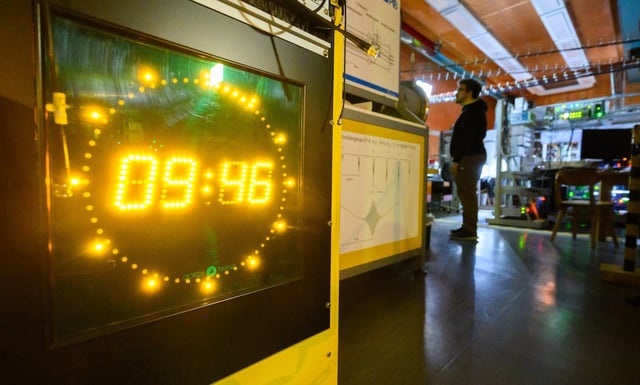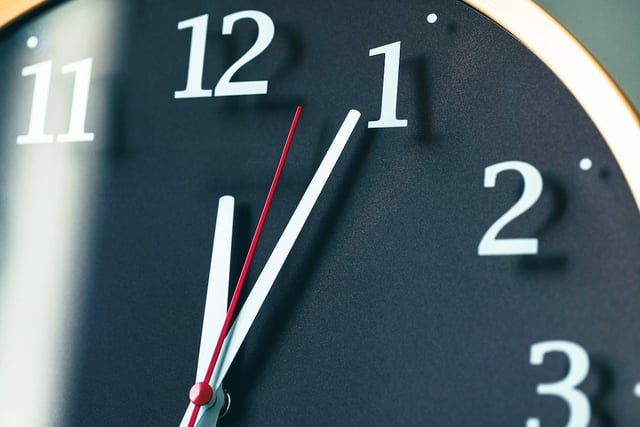Overview
- The U.S. change occurs at 2 a.m. local time on Sunday, Nov. 2, when clocks are set back one hour and standard time resumes.
- Most phones, computers and smart devices update automatically, while analog and older clocks require manual resets and officials recommend replacing smoke and carbon monoxide detector batteries.
- Daylight saving currently spans about 238 days each year under rules adopted in 2007, shifting an hour of light from evening to morning when standard time returns.
- Arizona (except the Navajo Nation), Hawaii and U.S. territories including Puerto Rico, Guam, American Samoa, the Northern Mariana Islands and the U.S. Virgin Islands do not observe daylight saving.
- Internationally, Australia’s participating states move clocks forward on Sunday, Oct. 5, and the United Kingdom returns to Greenwich Mean Time on Sunday, Oct. 26.



